
Providing Clients with Services in
Natural Resource Consulting
Statistics and Biometrics
Wildlife Management and Research
|
|
|
 |
Providing Clients with Services in Natural Resource Consulting |
|
Recent Projects |
|
PACIFIC ANALYTICS natural resource experts provide consulting services in several specialties, including entomology, botany, forest habitat and wildlife management, and biometrics and are committed to bringing the best science to environmental issues. We recognize that scientific action is urgently needed in most ecosystems. • Biological Diversity Inventory and Assessment |
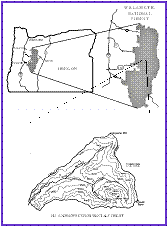 |
H.J. Andrews Experimental Forest Pacific Analytics is providing study design consulting, field personnel, statistical services, and expert identification to this important work characterizing the Lepidoptera biodiversity of Pacific Northwest forests. Project personnel are studying patterns in distribution and abundance of butterflies across the landscape. They are also investigating techniques for long term monitoring of species and their habitats at the HJA and elsewhere throughout Oregon. |
 |
Haleakalā High-Altitude Observatory Site, Maui Working with KC Environmental, Inc., Pacific Analytics conducted an arthropod inventory and assessment near the summit of Haleakalā. The reports were used to prepare a long-term development plan that provided protection to rare, native Hawaiian arthropods while allowing for new astronomical research facilities. |
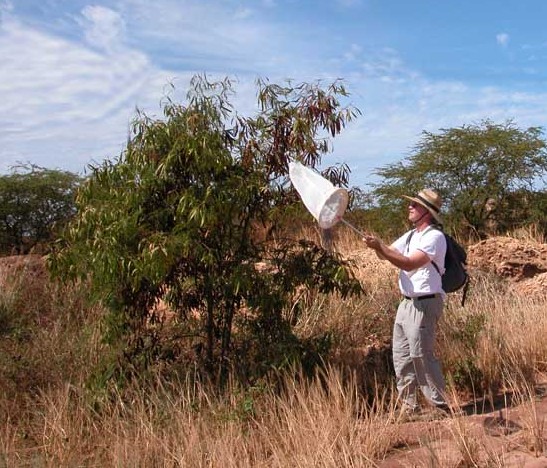 |
Kapolei Harborside Center Site Contracted by Group 70 International, Pacific Analytics conducted an arthropod inventory and assessment of the Kapolei Harborside Center Site near Barbers Point on Oahu. The purpose of the survey was to determine if there were any resident Federal or State listed endangered, threatened, proposed, or candidate species of arthropods and other invertebrates on the Kapolei Harborside Center site. |
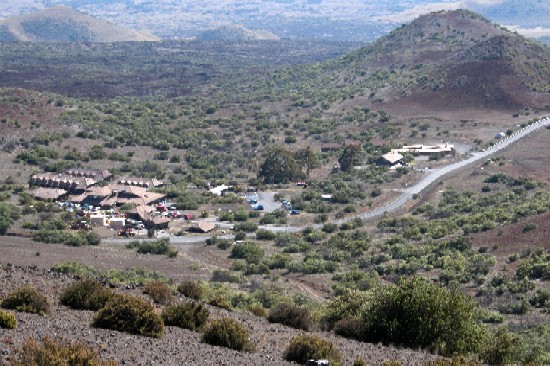 |
Botanical Survey of The Hale Pohaku Pacific Analytics conducted a botanical survey of the Hale Pohaku Mid-Elevation Facilities on Mauna Kea, Hawaii. The purpose of the survey was to determine the status of the native flora at the site that was to be used for staging construction of the Outrigger Telescopes near the W.M. Keck Observatory The survey was used by the U.S. Fish and Wildlife Service to assist them in rendering an opinion about the potential impacts of the Outrigger Telescopes Project on endangered birds and their habitat. |
 |
Assessment of Botanical Resources for the Kaheawa Pastures Wind Energy Project Pacific Analytics conducted a botanical survey for Kaheawa Wind Power who developed Maui’s first commercial wind energy generation facility. The purpose of this assessment was to evaluate the botanical resources in the planned Turbine Areas that were disturbed by on-site construction. The assessment was used to guide mitigation measures and habitat restoration activities that were implemented as part of a habitat conservation plan for the project. |
 |
|
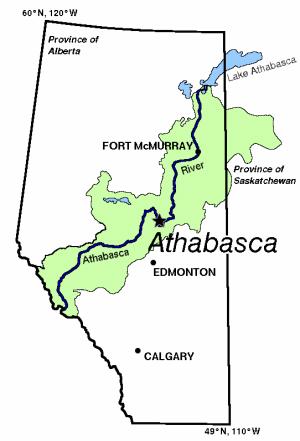 |
Athabasca Oil Sands Biomonitoring Project Pacific Analytics provided sampling design, power analysis, spatial and analytical statistical services for the Wood Buffalo Environmental Association terrestrial biomonitoring program in the Athabasca Oil Sands Region near Fort McMurry, Alberta, Canada. The purpose of this work was to to examine the effects of air emissions from mining operations on lichens and lichen habitat. Pacific Analytics has also provided statistical services and assisted in the preparation of annual reports of ongoing research and monitoring in the region. |
 |
Western Airborne Contaminants Assessment Project The Western Airborne Contaminants Assessment Project (WACAP) was initiated to determine the risk to ecosystems and food webs in western national parks from the long-range transport of airborne contaminants. Pacific Analytics provided analytical statistical services for several aspects of the project including analysis of contaminant data collected from fish, water, air, snow, sediments, foliage, and lichens. |
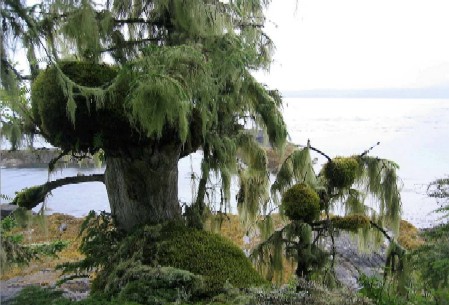 |
Air Quality Biomonitoring with Lichens Since 1989, air quality biomonitoring has been an integral part of natural resource management on the Tongass National Forest. Research scientists are monitoring the effects of air pollution and atmospheric deposition on forest resources. Pacific Analytics provides statistical services for the analysis of contaminant data collected from lichens along a pollution gradient within the Park. |
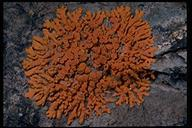 |
Air Quality Biomonitoring in the Columbia River Gorge National Scenic Area Siuslaw National Forest scientists are using chemical analysis of lichen tissue to estimate the amount of pollutants in rain and snow falling on forests. Between 1994 and 2000, baseline lichen survey and tissue analysis data were collected in the Columbia River Gorge. . Pacific Analytics provided the statistical expertise to analyze this unique collection of data that is being used to preserve the natural and archeological resources in the national Scenic Area. |
 |
|
 |
Wēkiu Bug Autecology and Population Monitoring The Wēkiu bug (Nysius wekiuicola), a candidate species, lives in a restricted habitat within the Mauna Kea Science Reserve at the summit of Mauna Kea on the Island of Hawaii. Pacific Analytics conducted autecological studies and population monitoring of the Wēkiu bug from 2002-2006. The purpose of the studies was to record the seasonal activity of the insect and determine threats to the bug and its habitats. Pacific Analytics also developed a long-term monitoring plan and a mitigation/management plan to protect this rare insect during the construction of NASA's Outrigger Telescopes Project. |
 |
Fender’s Blue Autecological Research The Fender`s blue butterfly (Icaricia icarioides fenderi), a butterfly restricted to native Willamette Valley prairies in Oregon was thought to be extinct, until rediscovered in 1989. Since then, Pacific Analytics associate, Dr. Paul Hammond has been involved with extensive ecological studies of this butterfly and its larval foodplant, Kincaid`s lupine. The purpose of the research is to understand the autecology of the butterfly and determine management activities that will aid conservation and recovery efforts. Dr. Hammond assisted in the preparation of the outline recovery plan |
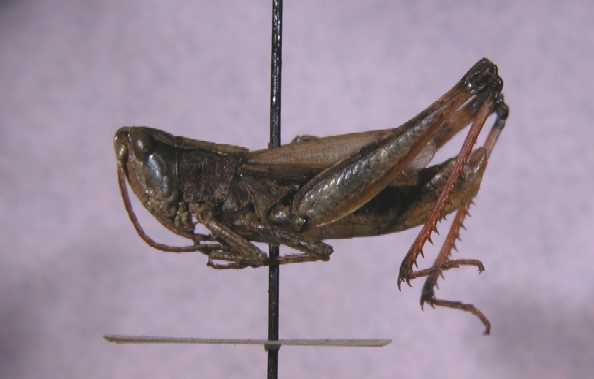 |
Siskiyou Short-horned Grasshopper Studies Pacific Analytics is providing the BLM with entomological expertise in an ongoing study of the autecology of the Siskiyou Short-horned Grasshopper (Chloealtis aspasma) in southern Oregon. The research will be used to determine management activities that will aid conservation of this special species. |
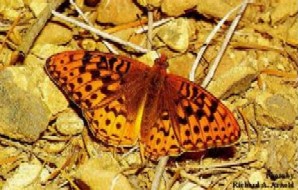 |
Oregon Silverspot Butterfly Recovery Pacific Analytics associate, Dr. Hammond has also conducted research in conservation management of the Oregon Silverspot butterfly (Speyeria zerene hippolyta), a federally listed threatened species. There have been several localities where recovery efforts have been successful and have led to increasing populations of this endangered butterfly. Dr. Hammond served on the Oregon Silverspot butterfly recovery team for the U.S. Fish and Wildlife Service from 1990-1993. |
 |
|
 |
Reconstructing the Fire History of The Forest Service has gathered fire history data from tree rings in the forests surrounding the Willamette Valley in Oregon. Pacific Analytics is assisting by providing the statistical expertise to analyze the data using exponential regression. The Forest Service will use the results to determine the extent fire may be used to restore healthy forests to the Willamette Valley and prevent catastrophic fires. |
 |
Prediction of delayed mortality of fire-damaged ponderosa pine following prescribed fires in eastern Oregon Prescribed burning is a management tool used to reduce fuel loads in western interior forests. Following a burn, managers need the ability to predict the mortality of individual trees based on easily observed characteristics. Pacific Analytics evaluated nine fire damage and tree morphological variables using logistic regression. A five-factor full model and a two-factor reduced model were developed for projecting probability of mortality. The work resulted in a paper published in the International Journal of Wildland Fire. The Forest Service is using the models presented in the paper to evaluate conditions after prescribed burns and wildfires to determine the extent of mortality and the need for salvage logging. |
 |
Short-term effects of seasonal prescribed burning on the ectomycorrhizal fungal community and fine root biomass in ponderosa pine stands in the Blue Mountains of Oregon The effects of seasonal prescribed fire on the belowground ectomycorrhizal community and live fine root biomass were investigated by the Forest Service. Pacific Analytics used Poisson log-linear regression to analyze the data. The results presented in a paper published in the Canadian Journal of Forestry showed that prescribed fall and spring underburning differentially influenced the community structure and abundance of fungi, and would seem to suggest that spring underburning is a better alternative than fall underburning for reducing forest fuel loads,. The Forest Service is using the results to improve management in Pacific Northwest Forests. |
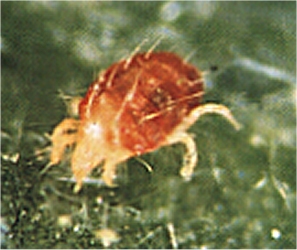 |
Multivariate Analysis Of Microarthropod Data The Forest Service conducted an experiment to determine the effects of stand thinning on soil and litter Collembola and Oribatid mites. Pacific Analytics used the multivariate statistical methods of Principal Coordinate Analysis, Non-Metric Multidimensional Scaling, Cluster Analysis, and Discriminant Analysis to analyze the data. The Forest Service is considering the role that microarthropods play in nutrient cycling to determine the functional response of a wide range of taxa to thinning that may be important to effective ecosystem management. |
 |
|
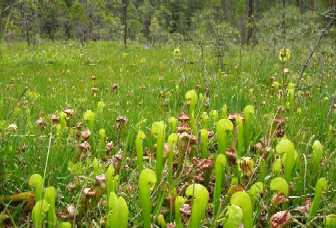 |
Literature Synthesis and Recommendations for the Categorization and Monitoring of Special Aquatic Habitats in the Sierra Nevada, California Pacific Analytics was asked to review the relevant literature on categorization and monitoring of special aquatic habitats within the jurisdiction of the El Dorado National Forest. We produced a wite paper describing the criteria for selecting monitoring attributes and an evaluation of the habitat categories proposed by the Forest managers. The Forest Service is using the results to provide an improved basis for project design in carrying out the direction and achieving the desired conditions, goals, and objectives of the Sierra Nevada Forest Plan. |
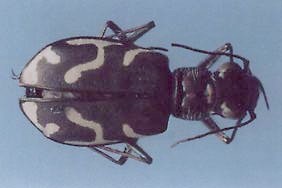 |
Fact Sheets for Special Status Invertebrates Pacific Analytics developed a series of species fact sheets of special status invertebrates in Oregon for the Bureau of Land Management. The BLM is seeking to further the objectives of the Endangered Species Act by preventing future listings of species as threatened or endangered, and coordinating with state and other federal agencies to achieve conservation goals of species identified by state governments. The BLM is using the fact sheets to provide the foundation for a proactive, systematic, adaptive program that will help address future ethical, legal, and pragmatic natural resource challenges that may arise from BLM and Forest Service activities in Pacific Northwest Forests. |
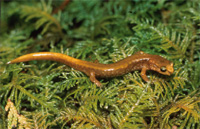 |
Northwest Forest Plan Pacific Analytics provides scientific expertise to the Forest Service and Bureau of Land Management for their Annual Species Review process, mandated in the Northwest Forest Plan. The Annual Species Review is an adaptive management provision within the program designed to evaluate new information to ensure that appropriate levels of management are being applied to individual species to achieve program objectives. In the Annual Species Review process, information is gathered and data are analyzed according to specific sets of criteria to determine occurrence within the planning area, association with late-successional and old-growth forests, concern for persistence, sufficiency of information, survey practicality, and relative rarity. |
 |
Literature Synthesis and Recommendations for General Surveys for Forest Understory and Canopy Gap Herbivores in the Southern Range of the Northern Spotted Owl Pacific Analytics conducted a literature review of two guilds of invertebrates the fall under the Northwest Forest Plan Survey and Manage program. The work entailed searching over 27,000 bibliographic records, reviewing to determine their suitability for research on forest understory and canopy gap herbivores in California, Oregon, and Washington. The records were annotated in a bibliographic database to facilitate retrieval and use by the Forest Service and Bureau of Land Management. Agency personnel use the information to guide their treatment of these organisms according to requirements in the Northwest Forest Plan. |
 |
|
|
We also offer a variety of special services in entomology, botany, forestry, and other natural resource and wildlife disciplines. |
|
|
35891 Richardson Gap Road |
Pacific Analytics
|
541-258-5919 |
|
Scio, OR 97374
|
|